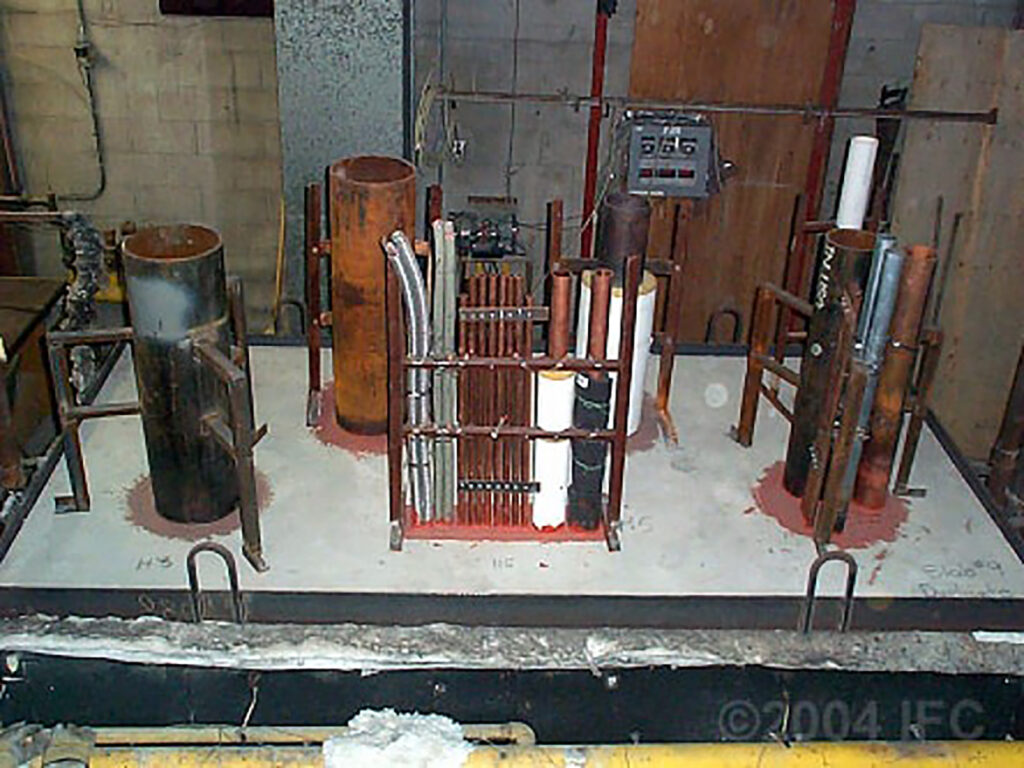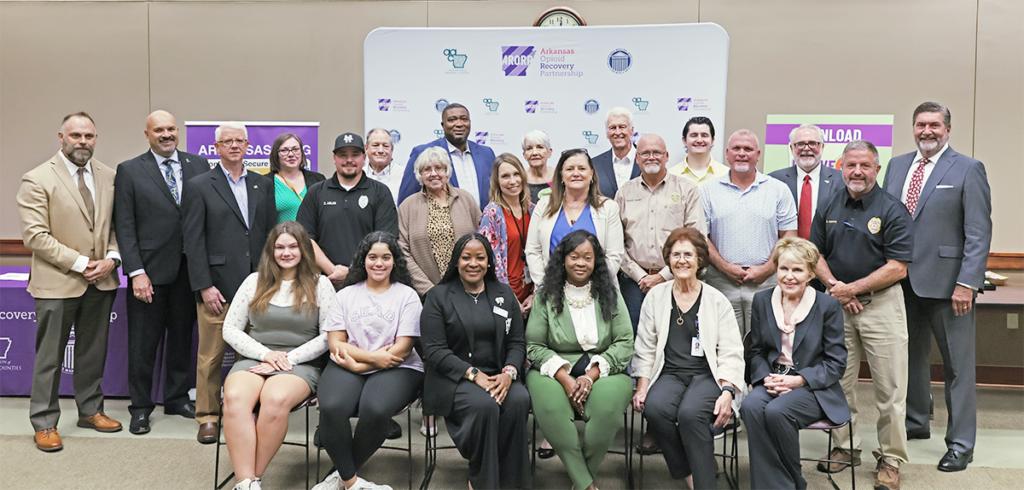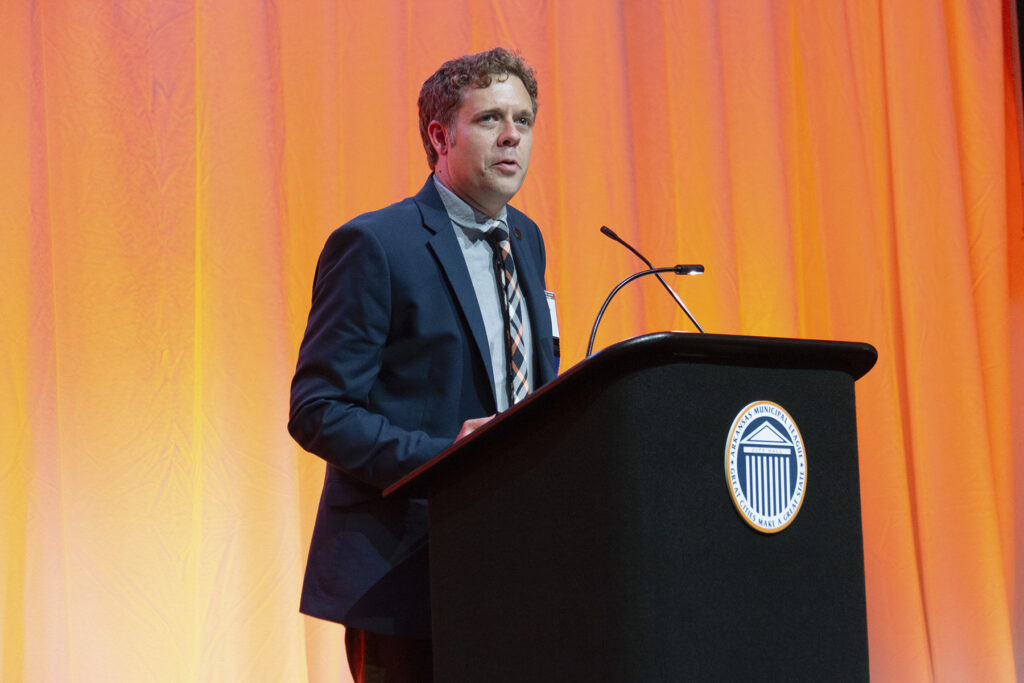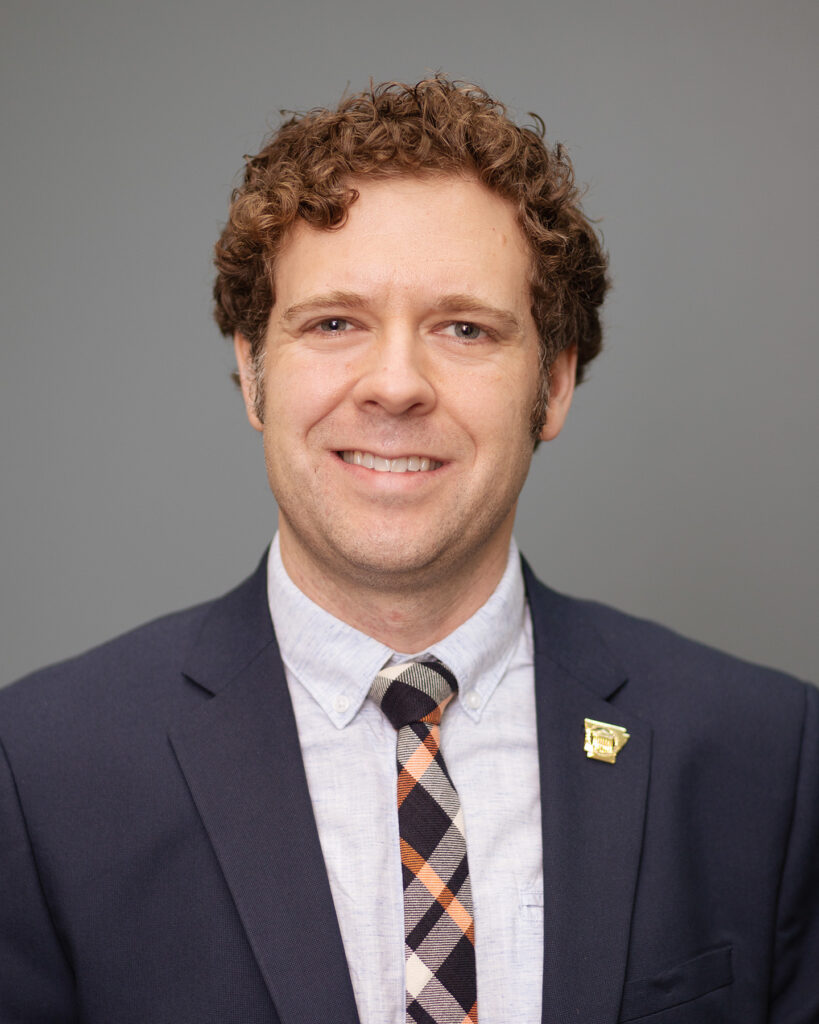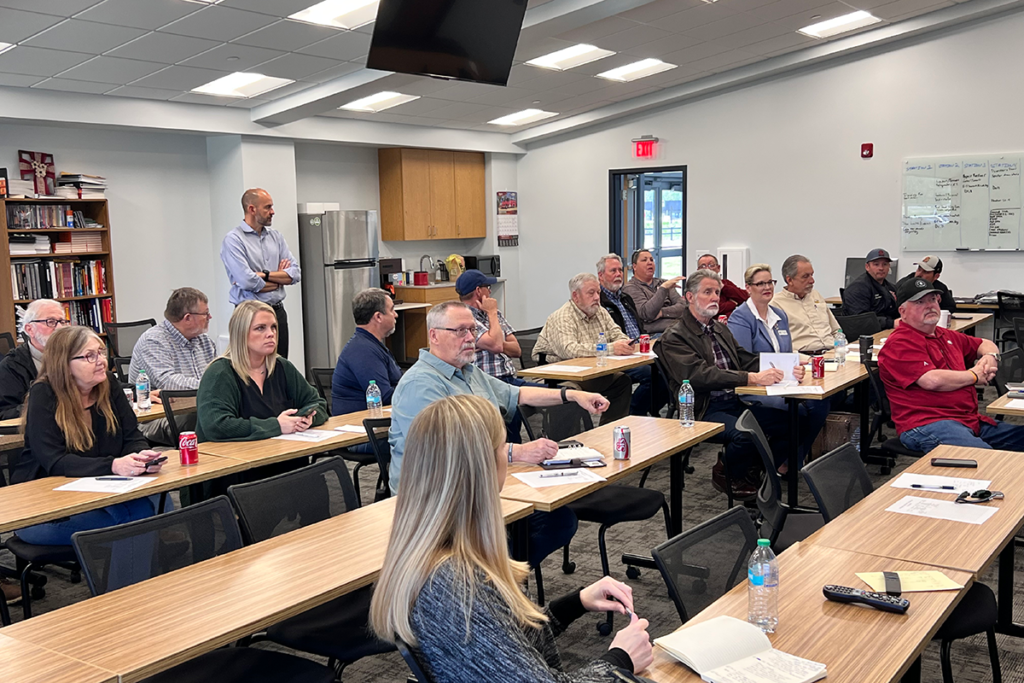It is intriguing how essential just the right amount of copper is for maintaining optimum health. Too little or too much copper in our bodies can be harmful, even toxic, not only to humans but to fish and micro-organisms that live in the ecology of our creeks and rivers. Water utilities monitor the copper levels in our source water and drinking water, where levels can range from 0.0005 parts per million to 1.0 ppm in concentration.
Recoverable metals in our drinking water have been a hot topic in recent years—think Flint, Michigan. In 1991 the EPA published a regulation to control lead and copper in drinking water. This regulation is known as the Lead and Copper Rule. The treatment technique for the rule requires systems to monitor drinking water at customer taps. If copper concentrations exceed an action level of 1.3 ppm (mg/l) in more than 10 percent of customer taps sampled, the system must undertake a number of additional actions to control corrosion. Corrosive water coming into contact with our copper pipes can cause copper to dissolve and enter our water supply.
How does copper get into our water? Copper, an essential mineral, is naturally present in our raw water supplies, some foods, and is available as a dietary supplement. Most of the time, the copper levels are well within the acceptable limits when leaving our water treatment plants and entering our water distributions system. Copper can leach into our water supply as water comes into contact with copper fixtures, copper fittings, copper service lines and copper piping in our homes, which will add more copper to our drinking water, though usually within acceptable limits. To help minimize copper leaching, utilities will maintain the water pH level near a seven, or slightly above neutral pH, where it is not corrosive. Small amounts of food-grade orthophosphates and polyphosphates (mineral salts) are added to the drinking water to further minimize corrosive conditions that might cause copper to dissolve into the water. Water utilities, through new development policies and education, now encourage less use of copper materials in new home construction and more use of non-metallic pipe like HDPE and PVC to reduce copper leaching into the drinking water.
After being used, drinking water and the additional dissolved copper will enter the waste stream and be collected using gravity and pressurized sewer systems conveyed to our wastewater plants for purification. In circumstances where corrosive wastewater comes into contact with copper materials, this will further cause copper to leach into the waste stream and increase the level of recoverable copper when it reaches the wastewater treatment plant. Depending on how stringent the treatment plant’s copper limitations are, its NPDES Permit could present quite a challenge for conventional wastewater treatment plants to remove recoverable copper from the waste stream.
There are a few ways to remove copper in the waste stream, like nanofiltration, reverse osmosis and electrodialysis, but they are expensive. One cost-effective method of removing recoverable copper from the waste stream is the addition of calcium polysulfide. Calcium polysulfide is known for its ability to help remove heavy metals and it will enhance copper removal from the wastewater. The addition of calcium polysulfide in solution form allows the dissolved copper to precipitate and settle out in the clarifier where it can be removed during normal sludge wasting practices.
If your wastewater treatment facility is having difficulty removing trace copper from its effluent in order to maintain compliance with discharge permit requirements, consider getting approval from your regulatory agency to use calcium polysulfide as an addition to your chemical treatment program. The other option is to work with your EPA regulatory permitting agency to have your recoverable copper limitations reconsidered by an approved method, possibly raising the copper limitations based on the site-specific conditions of the receiving stream. The Copper Biotic Ligand Model and the Site-Specific Hardness Model are post-derivation adjustments based on the bioavailability of the actual receiving stream’s site-specific, hardness-based criteria. In other words, maybe the biology in your receiving stream can manage a higher copper level with supportive sampling data. These two methodical approaches may justify a more accurate adjustment to your permitted recoverable copper levels.
By now you know that you have copper, and too little or too much of a good thing like copper requires the expert management of our utility and regulatory agencies to help keep the appropriate levels in balance.
Jason Temple is a professional engineer in MCE’s Water/Wastewater Department in our Little Rock office. Contact Jason by phone at 501-371-0272 or email him at [email protected].


